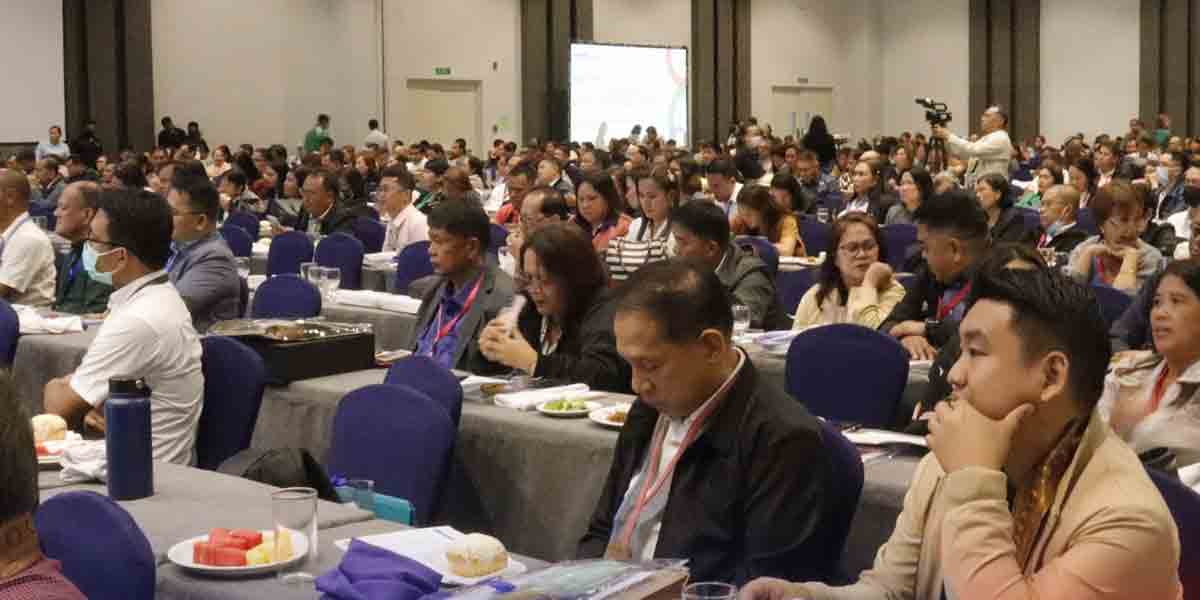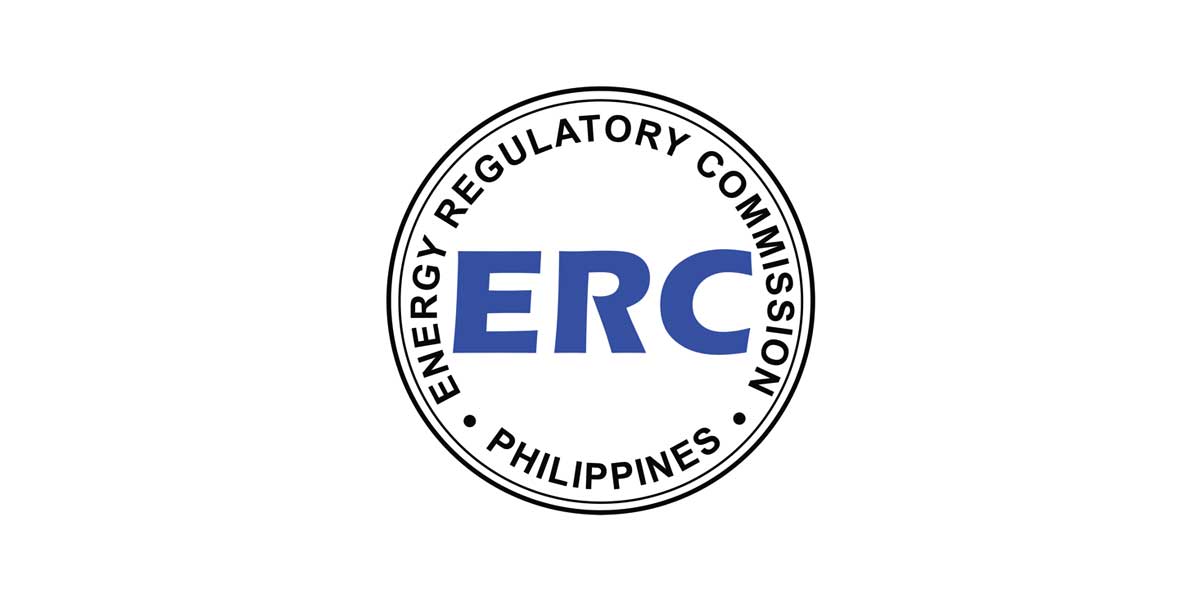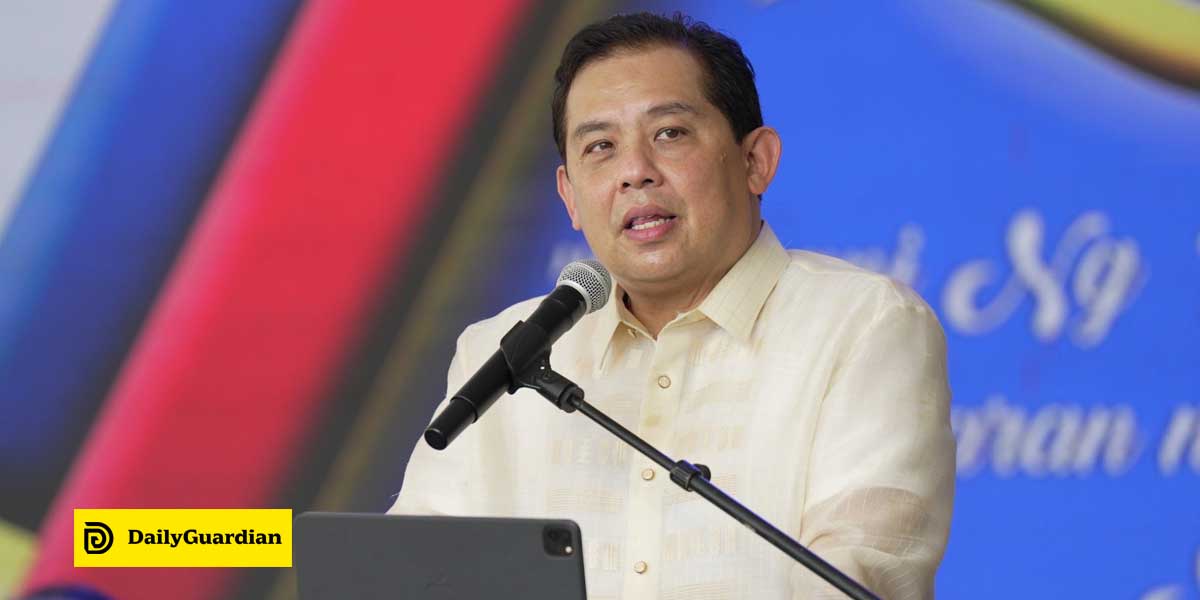By Mary Jane Dicen II
(The author is a BA Sociology- Psychology IV student of UP Visayas)
Introduction
Alongside the health threat of COVID-19 pandemic is its devastating human, social, economic and development costs. The Lesbian, Gay, Bisexual, Transgender, Queer, Intersex, Asexual+ (LGBTQIA+) community is among the vulnerable groups that are considerably affected. Many of the LGBTQIA+ persons experience increased vulnerability as the pandemic places more emphasis on healthcare systems and social safety nets. In the Philippines, there are ordinances against discrimination and gender-based violence and for promotion of respect for diversity and LGBTQIA+ wellbeing at the level of local government units. However, LGBTQ rights are not always supported by the state noting the lack of national legislation for anti-discrimination on the basis of Sexual Orientation, Gender Identity and Expression (SOGIE). Cultural and social attitudes toward queer people remain dependent on their conforming to stereotypes and occupational niches, and are strongly influenced by their religious beliefs (UNDP and USAID, 2014). Consequently, the sociocultural context that they are situated in contributes to their poor mental health outcomes. Social aspects of mental health influence LGBTQIA+ people’s mental health, health-seeking behaviors and mental condition management.
LGBTQIA+ Community and Mental Health
Social conditions, such as prejudice and stigma, create a stressful social environment that can lead to mental health problems in people who belong to stigmatized minority groups. Children who identify themselves as part of LGBTQIA+ community are often forced into stressful circumstances. They usually experience rejection, emotional abuse and outright violence perpetuated more likely by parents, siblings, or other relatives (ASEAN SOGIE Caucus, 2017). Adult LGBTQIA+ Filipinos on the other hand experience greater anxiety and depression associated with less conformity to a prescriptive sex-based role (Rubio and Green, 2009). Additionally, they are likely to suffer from social anxiety disorder for being pressured to conform to sex-based norms (Cabrera, 2017). This stems from being subject to discrimination compounded by their weak social status and position. Even today, there is constant threat of gender-based violence and bullying not only from families but the communities, peers and online (Ho and Settle, 2021).
These sociocultural conditions are only part of the many factors that affect the LGBTQIA+ persons’ mental health and wellbeing. Worst-case scenario for having poor mental health or illness is suicide. A study by Manalastas (2013) revealed that Filipino youths attracted to same sex have higher suicide risk compared to heterosexuals, specially their odds for suicide ideation if not actual suicide. Being that LGBTQIA+ community is considered sexual and gender minority in the country, they are among those who are at elevated risk of suicide due to minority stress. Meyer (2007) referred to minority stress as excess stress to which individuals from stigmatized social categories are exposed as a result of their social, minority position. Salentine, et al. (2020) and Fulginiti,et al. (2021) found out that minority stress among LGBTQIA+ youth and adults was associated with depressive and posttraumatic stress disorder symptoms, which were linked with suicidal ideation and attempt through the indirect effects of hopelessness.
LGBTQIA+ and Health-Seeking Behaviors
Studies about the adverse effects of social conditions of LGBTQIA+ people stressed that such conditions engender hopelessness. ASEAN SOGIE Caucus (2017) reported that LGBTQIA+ children experiencing gender-based violence and neglect respond in confound and passive manner. They believe that trying to address the issue would expose them to greater harm. Once they seek help, the erring family member may seek retribution. This makes them hopeless. Moreover, when thinking of reporting their case they are unsure whether their problems will be taken seriously or can be properly addressed. This experience illustrates the consequence of “culture of silence”. De Leon and Jintalan (2018) argued that it is the culture of silence that reinforces the colonial perspectives on homosexuality. Their study revealed that culture of silence is being sustained as such kind of mindset passed through culture and social institutions like the church. Culture of silence engenders a condition wherein LGBT issues are not talked about openly in places children frequent (such as schools) or in places one expects help (such as local police units) hence the inclination towards inaction. In the case of victims of abuse, not seeking help from authorities or professionals. Furthermore, there were instances in the past that discourage beneficial health-seeking behaviors and practices among LGBTQIA+s. For example, it was reported that medical personnel occasionally exhibit judgmental and erroneous behaviors during healthcare encounters of LGBTs (“The Status of LGBT Rights in the Philippines”, 2012; Stonewall Global Diversity Champions, 2018). Past events along with the stigma of mental illness pose more challenges in seeking medical help among LGBTQIA+ persons.
LGBTQIA+ and Mental Condition Management
In the Philippines, acceptance is yet to be claimed as it is common among LGBTQIA+ people to experience the dilemma of “compensating” for their SOGIE (ASEAN SOGIE Caucus, 2017). The dilemma of “compensating” may contribute to stress that they are dealing with. Also, LGBTQIA+ community can experience “dual alienation”. Individuals with mental health issues who identify as LGBTQIA+ belong to at least two traditionally marginalized groups. Therefore, marginalization is doubled, cumulative and more complex (Veltman, 2019). While the national psychology association has publicly expressed support for LGBT persons (Manalastas and Torre, 2016), there is the need to address the psychosocial health needs of LGBT Filipinos including through supportive service providers. In order to manage their mental health conditions, positive support from socio-spatial environment is necessary. Creating safe and accepting places and family support significantly decrease depression, sexual minority stress, and suicidal ideation/attempt. However, there are substantial gaps and inconsistencies in the delivery of mental healthcare services in the Philippines; in addition to many challenges in the provision of accessible and affordable mental healthcare (Lally, et al., 2019). This situation and the sociocultural beliefs of the Filipinos about the non-existence of mental illness, inherited so untreatable, unrealistic pessimism and optimism of the severity of the disorder and oversimplifying of illness and expecting full recovery in the short term (Maravilla and Tan, 2021) make mental condition management complicated.
Summary and Conclusion
LGBTQIA+ community is among social groups that have been hard hit by the pandemic. The pandemic and COVID-19 response underscore healthcare systems and social safety nets. Studies showed that LGBTQIA+s face health, healthcare and social safety nets disparities linked to societal stigma, discrimination and denial of their rights. Consequently, these social conditions contribute to their maladaptive health-seeking behaviors, complicated mental condition management and poor mental health outcomes. Prejudice and stigma together with the pressure to conform to sex-based norms create a stressful social environment that can lead to mental health issues among LGBTQIA+ people. As a sexual and gender minority, LGBTQIA+ is at elevated risk of suicide due to minority stress. Minority stress among them was associated with depressive and PTSD symptoms, suicidal ideation and suicide attempt. Culture of silence, past events regarding discrimination and prejudice among healthcare providers, and the stigma of mental illness prolong their maladaptive health-seeking behaviors. The dilemma of “compensating” for their SOGIE and facing “dual alienation” contribute to stress that they are dealing with. Other than the inequalities related to LGBTQIA+ community’s minority position, their mental health outcomes are affected as well by substantial gaps and inconsistencies in the delivery of accessible and affordable mental healthcare services in the Philippines. To add, the sociocultural beliefs of the Filipinos make mental condition management complicated. These findings are significant for deeper understanding of the social factors affecting LGBTQIA+s’ mental health and creating strategies that could help reduce disparities related to their health.
References
ASEAN SOGIE Caucus (2017). Bata at Bahaghari: Experiences of LGBT Children. ASC Discussion Series No. 1. Quezon City. Retrieved from https://aseansogiecaucus.org/images/resources/publications/Bata%20at%20Bahaghari %20-%20Experiences%20of%20LGBT%20Children%20in%20the%20Philippines.pdf
Cabrera, R. (2017). Gender Role Strain and the Psychological Health of Filipino Gay Men. IAFOR Journal of Psychology & the Behavioral Sciences, 3(2). http://iafor.org/archives/journals/iafor-journal-of-psychology-and-the-behavioral- sciences/10.22492.ijpbs.3.2.04.pdf
Fulginiti, A., Rhoades, H., Mamey, M.R. et al. Sexual Minority Stress, Mental Health Symptoms, and Suicidality among LGBTQ Youth Accessing Crisis Services. J Youth Adolescence 50, 893–905 (2021). https://doi.org/10.1007/s10964-020-01354-3
Lally, J., Tully, J., & Samaniego, R. (2019). Mental health services in the Philippines. BJPsych international, 16(3), 62–64. https://doi.org/10.1192/bji.2018.34
Manalastas, E. J. (2013). Sexual orientation and suicide risk in the Philippines: Evidence from a nationally representative sample of young Filipino men. Philippine Journal of Psychology , 46 (1), 1-13. Copy at http://www.tinyurl.com/y4z7h44j
Manalastas, E.J. & Torre, B. (2016). LGBT psychology in the Philippines. Psychology of Sexuality Review, 7(1). https://www.researchgate.net/publication/301807803_LGBT_psychology_in_the_Philippi nes
Maravilla & Tan. (2021). Philippine Mental Health Act: Just an Act? A Call to Look Into the Bidirectionality of Mental Health and Economy, Front. Psychol. https://doi.org/10.3389/fpsyg.2021.706483
Rubio, R. J., & Green, R.-J. (2009). Filipino masculinity and psychological distress: A preliminary comparison between gay and heterosexual men. Sexuality Research & Social Policy: A Journal of the NSRC, 6(3), 61–75. https://doi.org/10.1525/srsp.2009.6.3.61
Salentine, C. M., Hilt, L. M., Muehlenkamp, J. J., & Ehlinger, P. P. (2020). The link between discrimination and worst point suicidal ideation among sexual and gender minority adults. Suicide and Life‐Threatening Behavior, 50(1), 19-28.
Stownwall Global Global Diversity Champions. Stonewall Global Workplace Briefings 2018 The Philippines. https://www.stonewall.org.uk/system/files/philippines_global_workplace_briefing_2018.pdf
“THE STATUS OF LESBIAN, GAY, BISEXUAL AND TRANSGENDER RIGHTS IN THE PHILIPPINES. (2012). https://lib.ohchr.org/HRBodies/UPR/Documents/session13/PH/JS1_UPR_PHL_S13_201 2_JointSubmission1_E.pdf
UNDP, USAID (2014). Being LGBT in Asia: The Philippines Country Report. Bangkok.
Veltman, A. (2019). LGBTQ Mental Health: What Every Clinician Needs to Know. Psychiatric Times, 36(12). Retrieved from https://cdn.sanity.io/files/0vv8moc6/psychtimes/e5f2cad5843855e0b15bdf546bd1e4dbcf 1a9e9.pdf/PSY1219-ezine.pdf






















